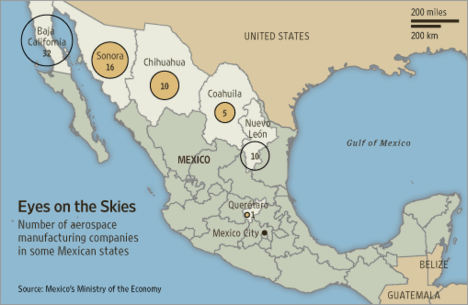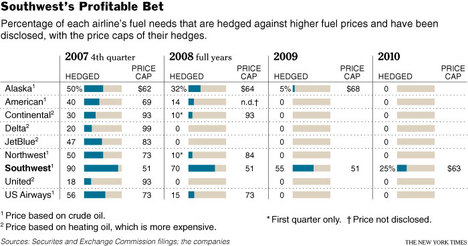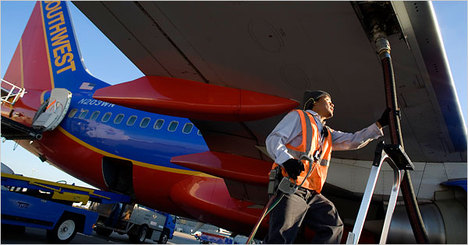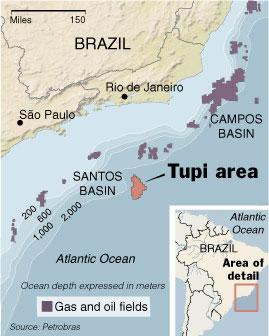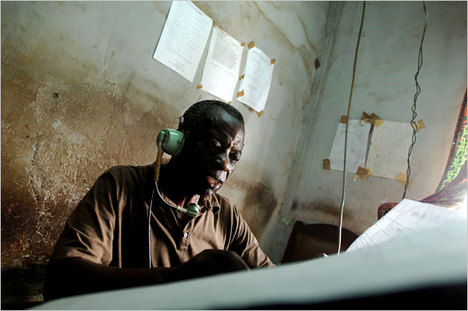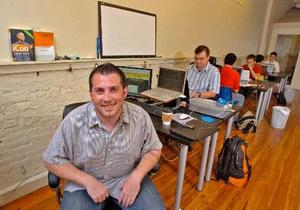(p. A20) Unfortunately, the deniers of differences between the sexes are on the march with powerful allies. In the fall of 2006, the National Academy of Sciences released a recklessly one-sided study, now widely referred to as authoritative, titled “Beyond Bias and Barriers: Fulfilling the Potential of Women in Academic Science and Engineering.” According to the report, differences in cognition between the sexes have no bearing on the dearth of women in academic math, physics and engineering. It is all due to bias. Case closed. The report calls on Congress to hold hearings on gender bias in the sciences and on federal agencies to “move immediately” (emphasis in original) to apply anti-discrimination laws such as Title IX to academic science (but not English) departments. “The time for action is now.”
No it is not. Now is the time for scholars in our universities and in the National Academy of Sciences to defend and support principles of free and objective inquiry. The chronically appalled must not have the last word.
For the full commentary, see:
Christina Hoff Sommers. “Academic Inquisitors.” Wall Street Journal (Tues., Oct. 16, 2007): A.20.

